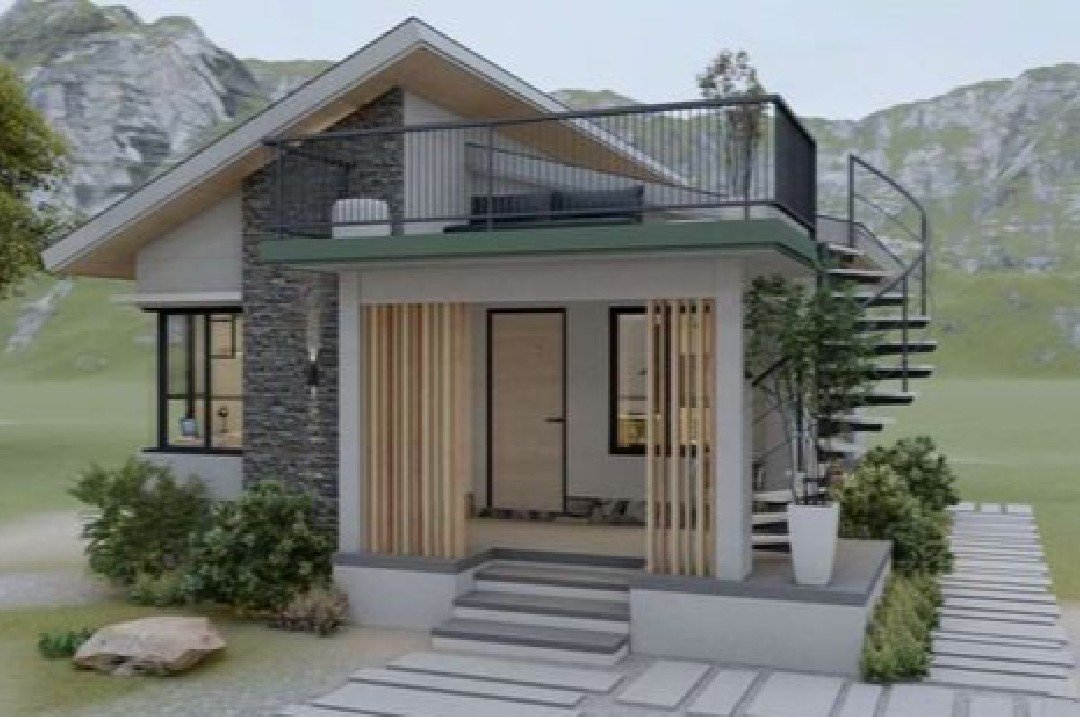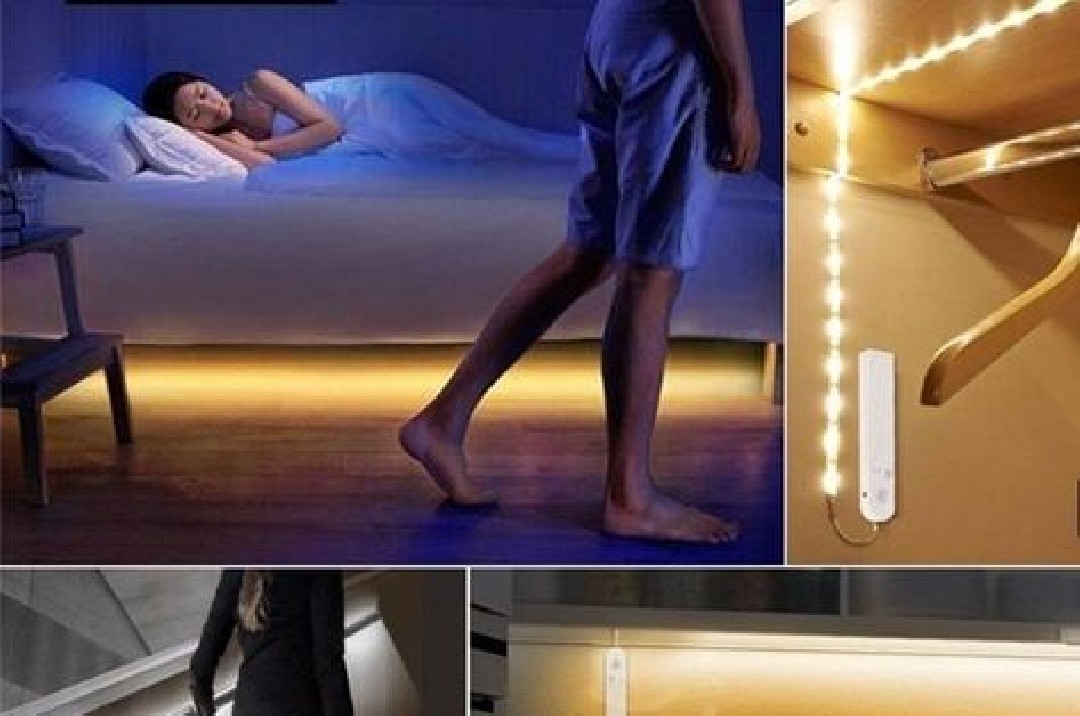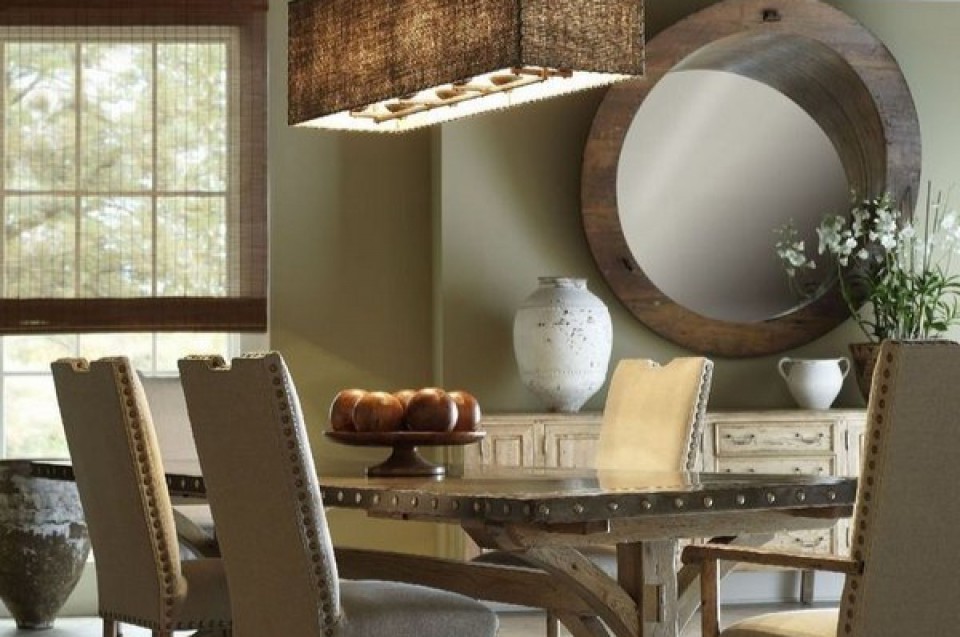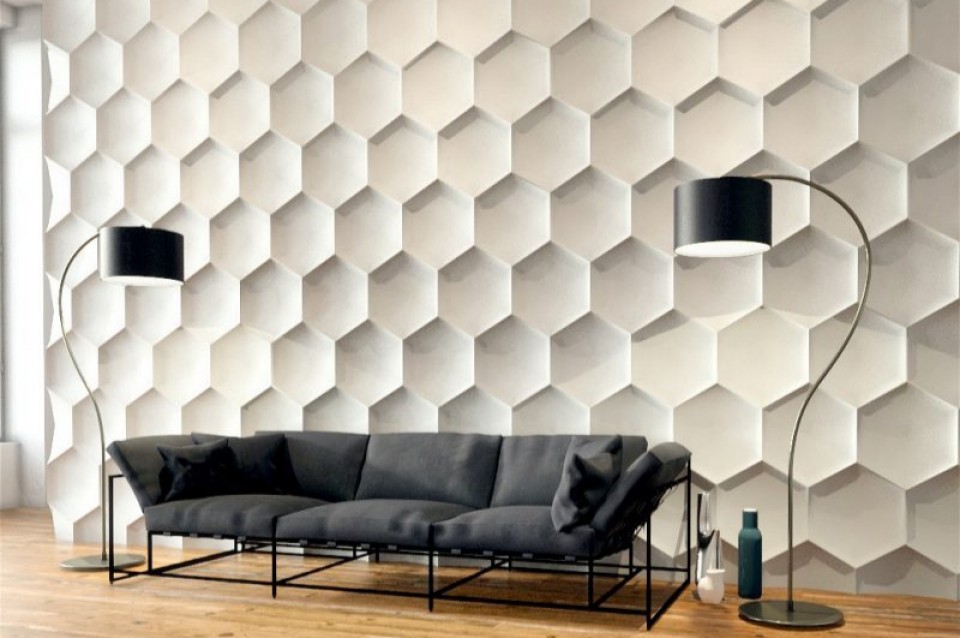Home Interior Design with an Open Concept

Introduction:
In the world of modern interior design, open concepts have become a very popular and desired choice for many homeowners. This concept not only makes it possible to create a spacious and open space, but also provides a welcoming and inviting atmosphere for anyone who enters it. When the spaces in the house are visually connected, residents can feel the impression of greater space and openness that flows from one room to another. The open concept interior design of the house allows smoother interaction between residents, creating an ideal environment for gathering, communicating and sharing moments with family and friends. In addition, open concept houses also provide greater flexibility in the use of space, allowing the space to adapt to the various activities and daily needs of its residents.
However, to achieve success in implementing this open concept, careful planning and careful thinking are needed. It is important to understand how to optimize the available space and ensure that the connectivity between rooms not only creates an aesthetic appearance, but also meets the functional needs of the home. By paying attention to these aspects, this article will discuss in depth the importance of open concept home interior design as well as strategies that can be used to optimize space and connectivity between rooms. Through a better understanding of this concept, it is hoped that readers will gain valuable insight into implementing stunning and functional interior design in their homes.
1. Maximize Natural Lighting

The use of natural lighting is one of the main keys in open concept home design. Natural light not only creates a warm and comfortable atmosphere, but also visually expands the space, creating the illusion of a larger, more open room. To achieve this effect, it is very important to choose wisely the type and position of windows in the house. Choose large windows or sliding glass doors to allow sunlight to enter the room well. Expansive windows allow more light into the room, providing a more dramatic effect and unifying the open spaces. In addition, sliding glass doors can also be a good choice, as they not only allow light to enter, but also open direct access to the outdoor space, creating a smooth flow between indoor and outdoor spaces.

When choosing curtains or window coverings, it is recommended to choose transparent or semi-transparent materials. Transparent curtains allow natural light to enter freely into the room without blocking the view or reducing the open effect of the room. Additionally, choosing bright or neutral curtain colors can help create a bright and welcoming atmosphere, enhancing the open feel desired in an open space design.
2. Consider the Furniture Layout

Furniture layout has a very important role in creating an efficient and aesthetic home interior design, especially in an open concept context. A good layout will ensure that the space looks balanced, comfortable, and not overcrowded, while also considering the functional needs of each space. When choosing furniture, it is important to pay attention to the proportions and scale of the room. Choose furniture that is proportional to the size of the room so that it doesn't look too big or too small. If the room has high ceilings, consider using taller furniture to fill the space proportionally. On the other hand, for spaces with low ceilings, furniture with a lower profile will be more appropriate.

Additionally, ensure that the furniture layout does not obstruct the flow of traffic between rooms. This is important to keep the space open and easy to pass through. Consider arranging furniture in an arrangement that does not block access between one room and another. If possible, leave spaces open to create a smooth and comfortable flow between them. Use furniture with a light design or furniture that can be moved to make it easier to adjust the space as needed. Sliding or adjustable furniture allows flexibility in the use of space, allowing you to change the layout of the room to suit different activities or needs. In addition, furniture with light or transparent designs can also help create the visual impression of a larger and more open space.
3. Choose a Consistent Color Scheme

Choosing a consistent color scheme is an important factor in creating visual connectivity between rooms in an open house design. By choosing neutral colors or a similar color palette to use throughout the space, you can create a harmonious and cohesive visual flow between the different areas of your home. Neutral colors such as white, cream, gray, or beige are often a good choice for open house designs because they tend to be neutral and understated, so they don't distract from the view and create the impression of a larger space. On the other hand, a similar color palette can also provide subtle variations in a room without creating too sharp a contrast.
By choosing a consistent color scheme, you also make it possible to create a strong visual connection between rooms, which is important in open plan home designs. The same or similar colors help create a harmonious flow, so that each room looks like a unified part of the entire home. In addition, consistent use of color also helps create the impression of a larger and more open space. By reducing sharp color contrasts between rooms, you create the visual impression that the spaces flow naturally into each other, creating the impression of a larger, more open space overall.
4. Use transparent or open dividing walls

In the context of an open house design, the use of transparent or open dividing walls is an important strategy to maintain connectivity between rooms while still providing a little privacy. Walls like these provide an open visual feel, creating a smooth flow between different spaces without sacrificing personal space. The use of glass walls is one of the most effective ways to achieve visual connectivity in an open-plan home. Glass walls allow natural light to enter the space freely, creating the impression of a larger and more open space. Additionally, they also allow occupants to remain visually connected to other rooms, creating an open and spacious atmosphere.

Apart from glass walls, partitions with open details are also a good choice. These partitions can include open shelves, panels with artistic patterns, or even sheer curtains. The use of this kind of partition allows light and views to still flow between rooms, while providing some visual separation between them. This provides a little privacy without sacrificing the open feel of the room. However, it is important to consider individual privacy needs when selecting the type of dividing wall. Although glass or open walls create a pleasant open feel, some people may need more privacy in certain spaces such as the bedroom or bathroom. In this case, options such as heavy curtains or sliding panels that can be completely closed may be more suitable.
Overall, the use of transparent or open dividing walls is an effective strategy for creating connectivity between rooms in an open house design. Walls like these not only create a seamless flow between spaces, but also allow light and views to flow freely throughout the space. By choosing wisely and considering individual privacy needs, you can create a space that is open, spacious, and enjoyable to live in.
5. Create Clear Functional Zones
Even though the house has an open concept, it is important to create clear functional zones within it. Use differences in floor texture, furnishings, or lighting to differentiate between the living room, dining room, and kitchen. This helps provide visual structure and guides users in room navigation.
Conclusion:
Home interior design with an open concept is not only about creating spacious spaces, but also about optimizing space and connectivity between rooms. By paying attention to natural lighting, furniture layout, color schemes, use of dividing walls, and creating clear functional zones, you can create a home that is inviting and comfortable to live in. By combining these elements, an open concept home can become an ideal place to relax, gather and interact with family and friends.








